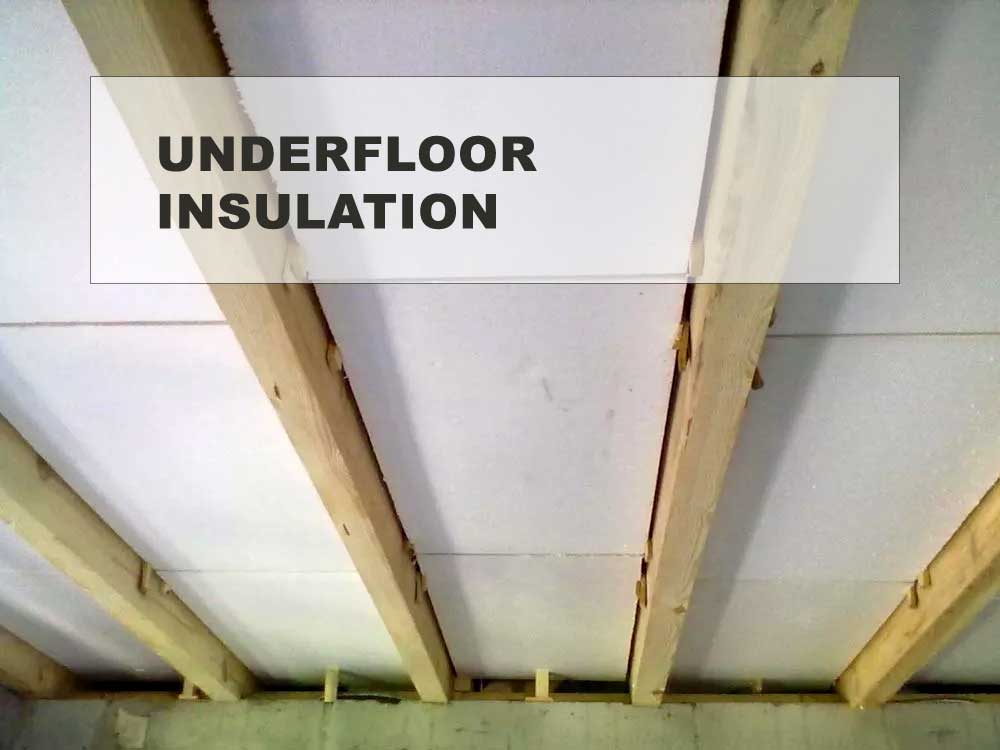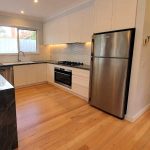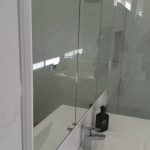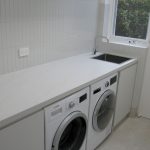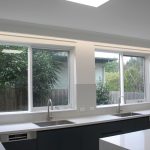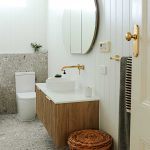One of the frequent disadvantages of a stud house is a cold floor. For comfortable living, it is necessary to insulate the floors to make the house more energy efficient. This issue can be effectively addressed by insulating the floors from below, specifically from the basement area. Proper insulation will not only provide warmth but also help improve the energy savings of the entire home.
Read below to learn how to insulate the floor in a wooden house from below, using different types of insulation materials that you can install with your own hands.
Pros and cons of underfloor insulation
Underfloor insulation pros
- The height of the rooms in the house is retained
- No need to choose a certain hardness insulation, which will sustain significant loads: the weight of the house, furniture, moving people.
- The floor is warm and pleasant to walk on.
- Floor coverings: laminate, linoleum, tile retain their aesthetic appearance.
- There is no condensation, mold.
- Insulation from below prevents the occurrence of thermal bridges, prevents heat loss and saves money on heating.
- Not only the upper part of the floor structure, but also its entire frame does not freeze.
- The lifetime of the dwelling is prolonged.
- The room temperature increases by 3-5 degrees, improving the well-being of the occupants and ensuring comfortable living in a house with an insulated floor.
Underfloor insulation cons
- Difficult installation, the timing of installation of the floor increases.
- The presence of a low basement complicates the installation process;
- When installing the floor from below the range of insulating materials is limited.
- High requirements for fixing the material.
Thermal insulation materials
To understand how to arrange underfloor insulation in a stud house, you need to consider three main requirements for materials: fire safety, antiseptic qualities to protect against mold, rotting bacteria, and termites, and energy efficient properties to ensure that your insulation contributes to overall energy conservation. By choosing the right materials and insulating the floors properly, homeowners can enhance the overall energy performance of their stud houses, reducing heating costs and ensuring a more comfortable living space.
The most popular insulators for floor installation below are:
Fibreglass and Mineral wool
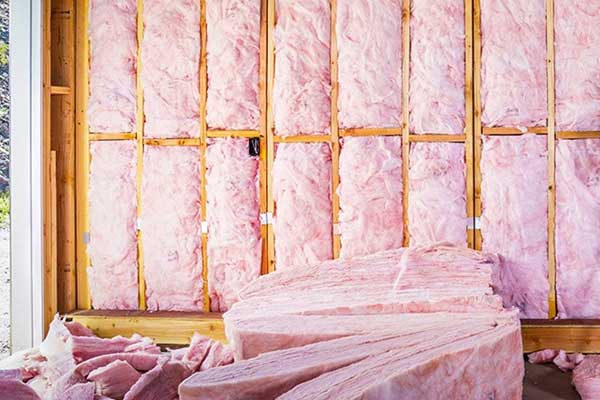
Mineral wool does not burn, it does not breed pathogens. It has high sound and heat insulation properties. But Fibreglass and Mineral wool has a significant disadvantage in moisture, it loses its insulating properties. Therefore, when installing should pay special attention to arrangement of waterproofing and vapor barrier layers.
Mineral wool is available in slabs and flexible rolls.
Penofol foam
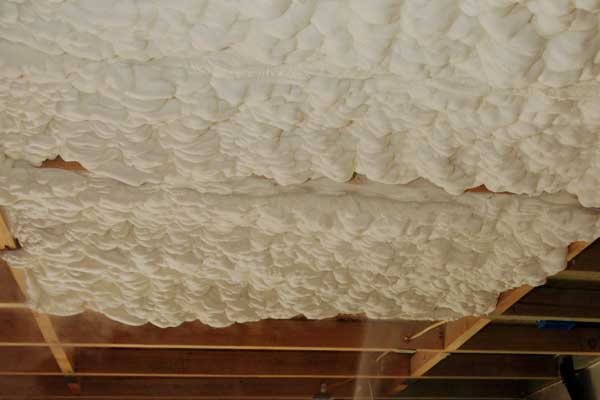
It is produced by extrusion. It has low moisture absorption, high soundproofing properties, well absorbs noises. Low thermal conductivity ensures the preservation of the optimum temperature in the house in the cold season. Low vapor permeability prevents the passage of water vapor through the foam. It is strong, reliable and durable. Does not attract the attention of rodents and insects.
But the material is combustible. The inflammation temperature is 220-440 degrees. Many manufacturers during production add flame retardants that reduce the ignition temperature. The material is self-extinguishing for some time.
Polyurethane foam
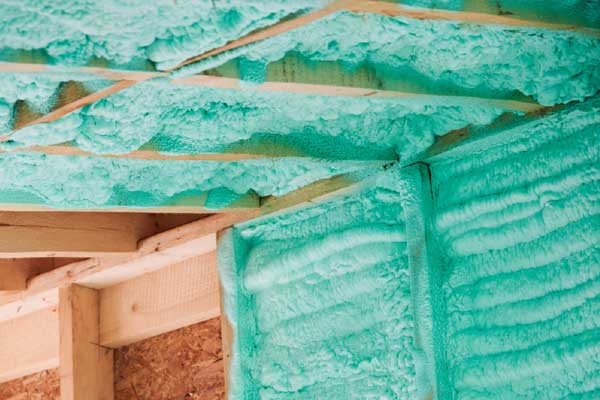
Polyurethane foam (Styrofoam) consists of many small cells. The bulk of the foam is air, so it has enhanced thermal and acoustic properties. Polyurethane foam does not attract the attention of insects. Because of the rough surface it is possible accumulation of algae. Polyurethane foam is not flammable because it contains flame retardant. If ignited, it is quickly extinguished.
How to perform installation work
Floor insulation in the wooden floor from below is carried out in a certain sequence.
The order of layers of the technological pie from bottom to top should be as follows:
- Sheet materials, filed from below to the joists: plywood, chipboard. They hold the insulation
- Waterproofing. Hemmed under the lag, prevents the penetration of moisture from the basement to the insulation
- Between the lag, the distance between them 0,6 m – 1 m, laid insulating material
- On top of it laid a vapor barrier membrane. It prevents the passage of water vapor from the inside of the room to the insulation
- Then the floor boards are laid
Common mistakes when insulating a wooden floor
Insulate the wooden floor below without mistakes is easy if you know about them.
- violation of the rules of transportation and storage of materials. Unpack the insulation should not be earlier than a day before laying under a shed or in the house. From moisture on it may deteriorate its insulating properties;
- lack of waterproofing also adversely affects the quality of insulation;
- not held antiseptic treatment of wooden structures. Its absence leads to mold and mildew, destroying insulation material;
- insufficient thickness of the insulation will not create the necessary effect in the dwelling;
- violation of laying insulation in a staggered order with overlapping joints will increase heat loss in the building;
- the step between the beams does not match the size of the insulation. Plates of insulation material must be stacked tightly, but without compression. If the insulation is compressed, the thermal conductivity increases. If gaps are left between the insulation and the flooring, cold bridges are formed.
We hope you find our article about insulating wood floors helpful.
Insulate your floor the right way and have a nice day!

